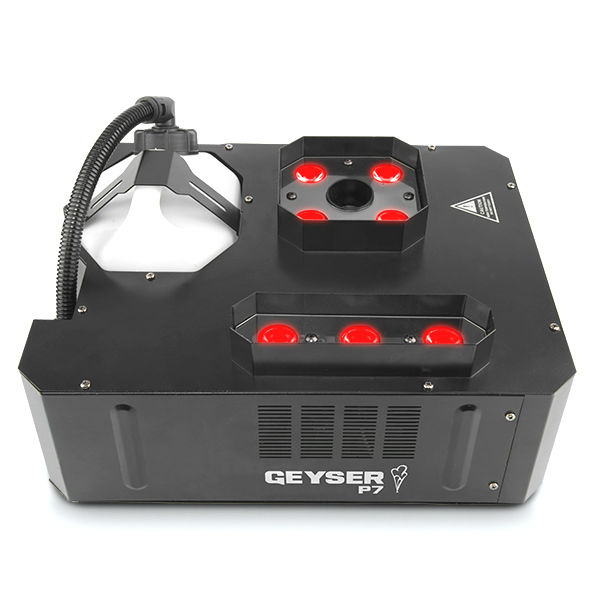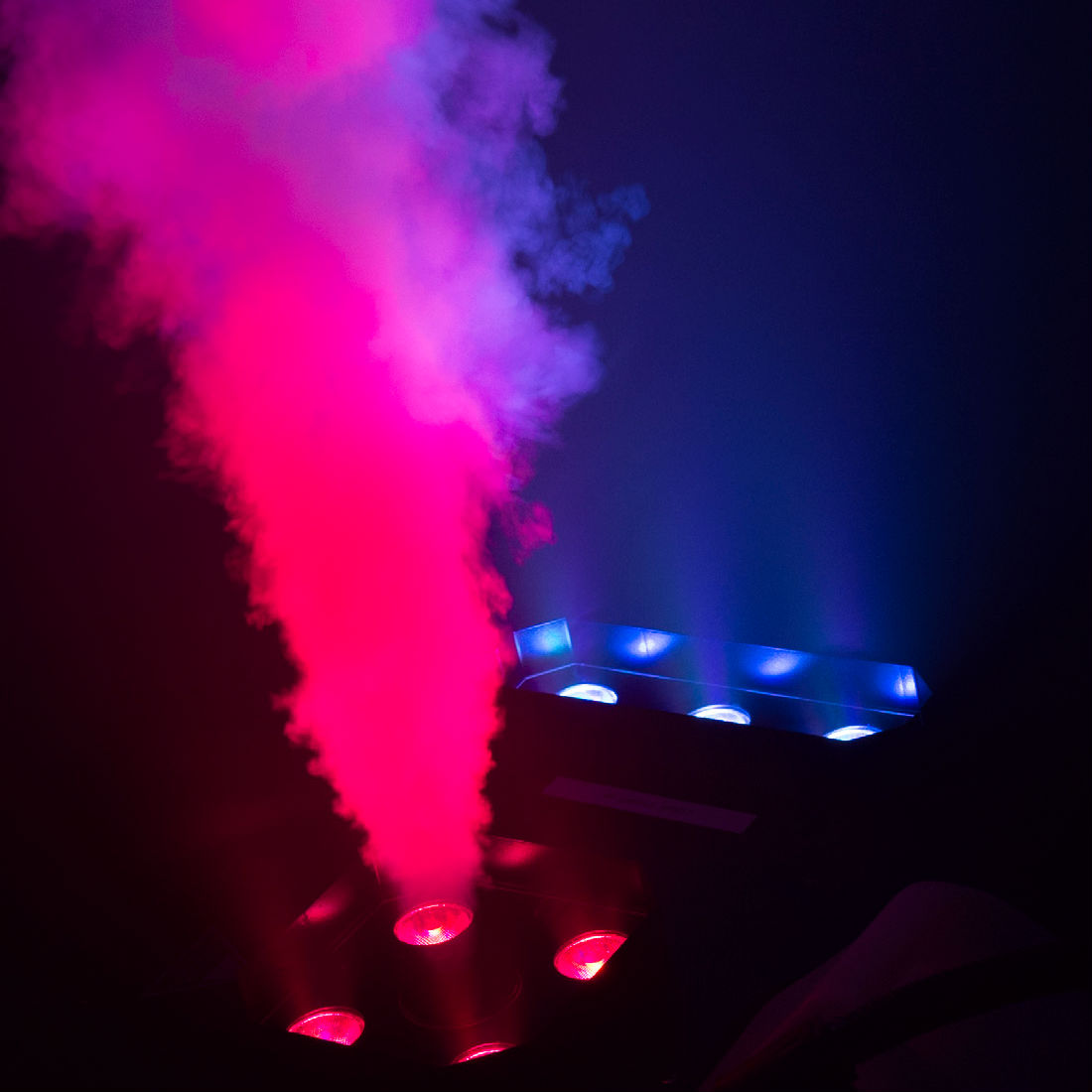Saying Goodbye To Ol' Man Winter: Part I
As I write these words, the end of winter is less than twenty-four hours away. For those of you who have been mired in technical rehearsals for the past several weeks, tomorrow, March 20, marks the first day of spring. Every culture has their own way of celebrating the beginning of spring - planting new seeds, painting festive eggs, drinking green beer - and at Theatre Effects, we celebrate by playing with snow!
If there is one aspect of snow machines that retailers and manufacturers seem hesitant to address it is the noise factor. In order to generate a large number of small flakes, the snow fluid is pumped in front of a high speed blower that forces it through a "sock" on the front of the machine. This process allows the air and soap to mix creating the many small conglomerations of bubbles that the audience perceives as snowflakes. Unfortunately, affordable high-speed blowers are not very quiet. They are, to be blunt, about as loud as a Shop-Vac. As of this writing, this is true of all snow machines on the market as they all work on the same principal.
There are, however, ways to counteract some of the noise generated by your snow machine. The most direct method is to build a sound insulating shell around the machine. I've heard of shells constructed from foam board, and plywood, and I'm sure some creative types out there have come up with other methods as well. If you decide to attempt this, bear in mind that the machine must be able to draw air to work properly. I would recommend leaving an air space of two or more inches around the unit.
While insulating shells can reduce the noise created by the blower, they do add weight, expense and bulk. A simpler, less expensive method of reducing the impact of the noise is to combine the snow cue with a music cue. Obviously, this will not work for every situation, but can be a useful trick for holiday productions and concerts. Finally, keeping the machine at the highest trim height possible for your space and mounting it upstage of a heavy curtain will also reduce the amount of noise that reaches the audience.
Of course, snow machines are showing up in lots of places other than the theatre. Haunted houses especially have found the snow machine a useful and different effect. By mounting the unit in a "dark room" where the snow will only be lit with one or two strobe lights, the effect of being lost in a blizzard or free-falling through space can be achieved. When mounting the machine for this effect, remember that higher is better. While snow blowing up into the patrons' faces would definitely be startling, it just doesn't look right somehow. Mounting the unit close to the ceiling will give a more natural look and avoids the possibility of somebody tripping over or kicking the machine.
The equipment I'd recommend to create the "haunted blizzard" would be a BM60 snow machine (of course), one STV-701 strobe light or two STV-701's using the daisy-chain feature, pipe clamps or bolts to ceiling-mount the units, and our superb quality BM61 Snow Fluid (because the snow that comes out is only as good as the fluid that goes in). Add some eerie sound effects and a performer dressed like Jack Nicholson from "The Shining," and you'll have an effect that won't be forgotten.
*********************************************
Theatre Effects Customer Service Department
service@theatrefx.com
www.theatrefx.com
Theatre Effects, 1810 Airport Exchange Blvd. #400, Erlanger, KY 41018
Phone: 1-800-791-7646 or 513-772-7646 Fax: 513-772-3579









